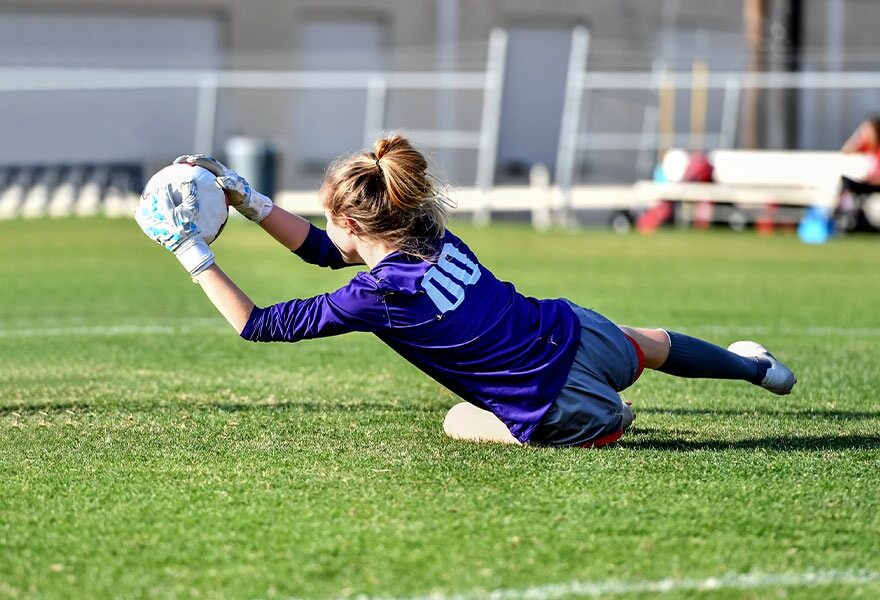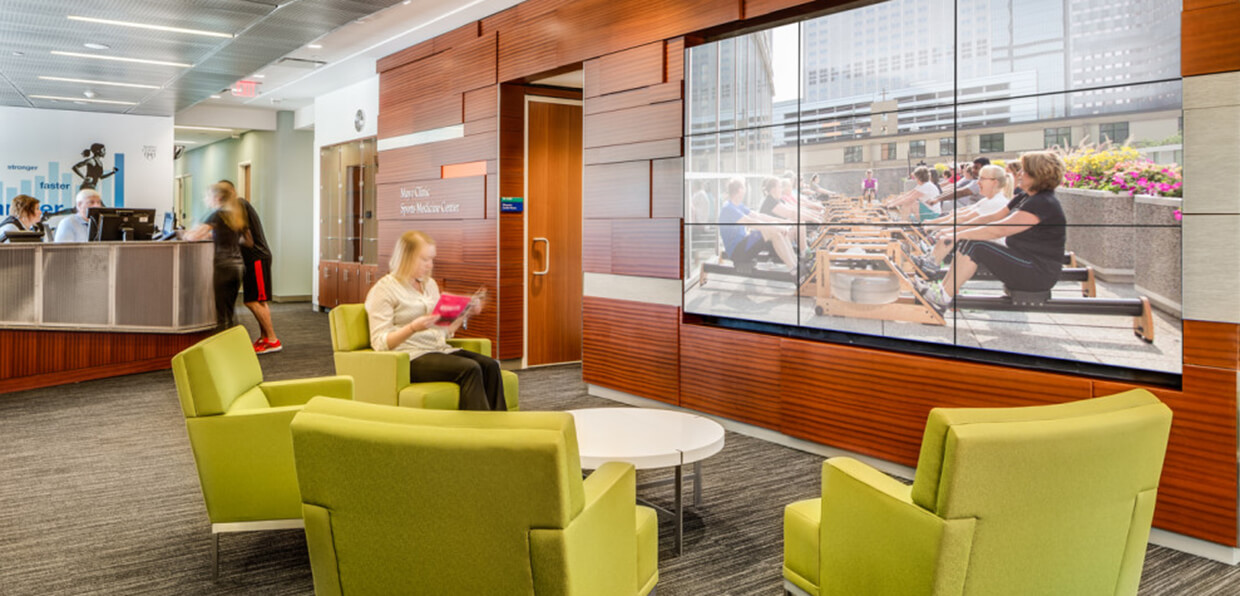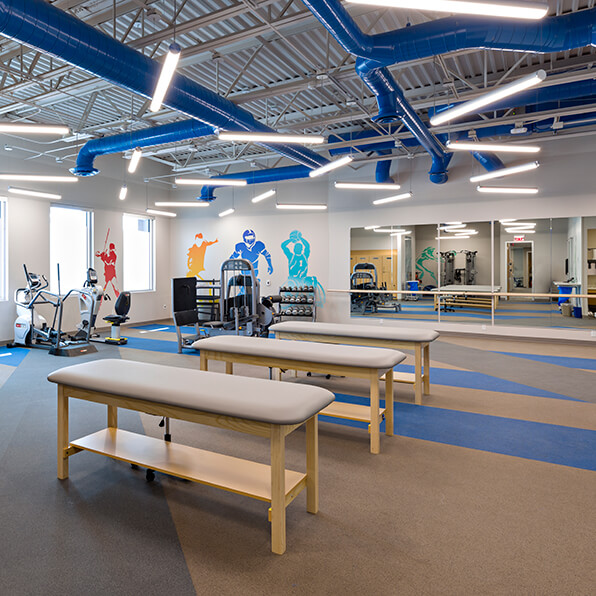Mikaili Robertson has a passion for playing college sports, so the second baseman was devastated when at age 18 he learned he needed a hip replacement. Worried his playing days might be over, he turned to Mayo Clinic and a surgery that — along with a cadaver tissue transplant — would tap the body’s power to assist healing. Mayo’s Center for Regenerative Medicine provided support for this procedure integral to its focus on bringing innovative regenerative treatments to patients.
“When people talked to me about hip replacement, I had visions of myself being like an old man with a walker, not able to do a whole lot. I started wondering what my quality of life would be like outside of baseball,” says Robertson. “My parents and I searched for alternatives to a hip replacement, and we found new options for hip surgery at Mayo Clinic.”
Robertson was a freshman playing baseball at Hood College in Maryland when his right hip started hurting after games. The diagnosis: sickle cell disease was choking off blood supply to the top of the hip joint known as the femoral head. Bone tissue began dying, causing a condition known as avascular necrosis, also called osteonecrosis of the hip.
Avascular necrosis also can be a rare side effect of heavy steroids used in some chemotherapies to treat cancer. It has been described as one of the unsolved mysteries of orthopedics. Once it starts, there is no known way of stopping the bone tissue from dying unless it is caught early. Without treatment 90% of patients with avascular necrosis will need a hip replacement.
Rafael J. Sierra M.D., and his colleague, Aaron Krych, M.D., are among a few orthopedic surgeons in the United States to perform a regenerative surgery called Fresh Osteochondral Allograft Transplantation Surgery (OATS) to the femoral head as an alternative for hip replacement in select patients with avascular necrosis. They are perfecting the surgery based in part on research in the Journal of Hip Preservation Surgery. Under a controlled dislocation of the hip, the dead bone can be removed and replaced with donor cartilage. Smaller lesions can be treated with transplants of the patient’s own cartilage. Larger areas of necrosis need cadaver cartilage-bone transplants. Bone marrow and stem cells spun from the patient’s own blood help the bone-cartilage transplant to fuse with the patient’s natural bone. Dr. Sierra describes it as a process similar to an organ or tissue transplant but without the need for immunosuppression to avoid rejection.
OATS is a regenerative option for patients like Robertson whose disease has progressed to an advanced stage in which the femoral head has collapsed, but still was located in a fairly circumscribed area and no permanent damage was present in the socket cartilage.
“This regenerative procedure is saving some hips that in the past had deteriorated to the point that artificial replacement was the only possibility for restoring normal function,” says Dr. Sierra. “In the case of Mikaili Robertson, we removed approximately a quarter of the diseased femoral head in its weight bearing portion and completely carved out the necrotic area. We replaced that with allograft (donor bone-cartilage) that had been bathed in bone marrow concentrate and transplanted that into the top of the femur also known as the thigh bone. The normal bone that is left behind vascularizes the graft as if it were a native bone.”
As with any newly validated procedure, there are some risks with the OATS surgery.
“Because we have to expose the hip completely to dislocate it safely, there is a chance of more damage to the femoral head if one loses the blood supply, but I have not seen that in over 300 surgical hip dislocations. There’s a bone on the side of the hip (trochanter) that we have to cut and reattach with screws that may not heal, but that would be extremely rare. Overall, the risks are minimal, other than the possibility that this may not work, and the patient might need a hip replacement,” says Dr. Sierra.
For Robertson, it was a risk worth taking. He traveled to Mayo Clinic for the surgery in December 2018.
“It went as perfect as it could have gone. It was a tremendous outcome of what was kind of uncertain for me,” says Robertson.
Robertson was off his feet during a three month recovery period, then he worked to regain his strength through physical therapy. He was cleared to return to baseball as a junior — until COVID 19 cut the season short. He has aspirations of helping his team win a championship in his upcoming senior year.
“That’s a big part of this success. I just got progressively back into running, lifting weights and working out, and I’m back on baseball team and playing. I’m back into full participation in sports and exercise and everything,” says Robertson, who is studying for a career in sports psychology.
Hip replacements are common standard of care procedures that meet the needs of many patients at Mayo Clinic.
“However, if we can avoid them, particularly for younger people, it is in the patient’s best interest over the long term,” says Dr. Sierra.
One previous study has shown that OATS procedures are still functioning successfully for 80% of patients 10 years after surgery. The results depend on the size of the lesion and the cause of the necrosis. That may be encouraging news for young patients like Mikaili Robertson, who have opted for this regenerative procedure as way of avoiding hip replacement, which could fail over time, resulting in a second replacement during the course of their lifetimes.
Mayo Clinic research continues to study, learn and improve regenerative procedures like OATS.






